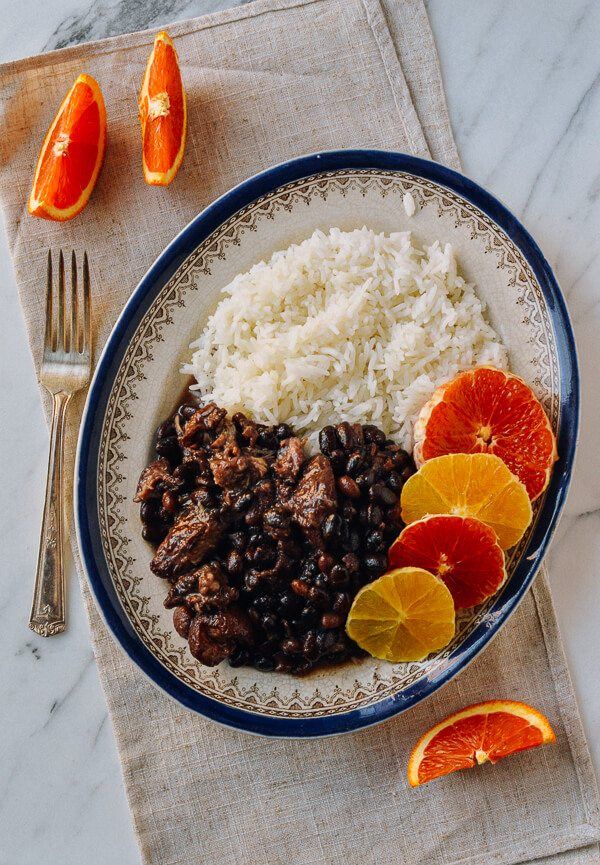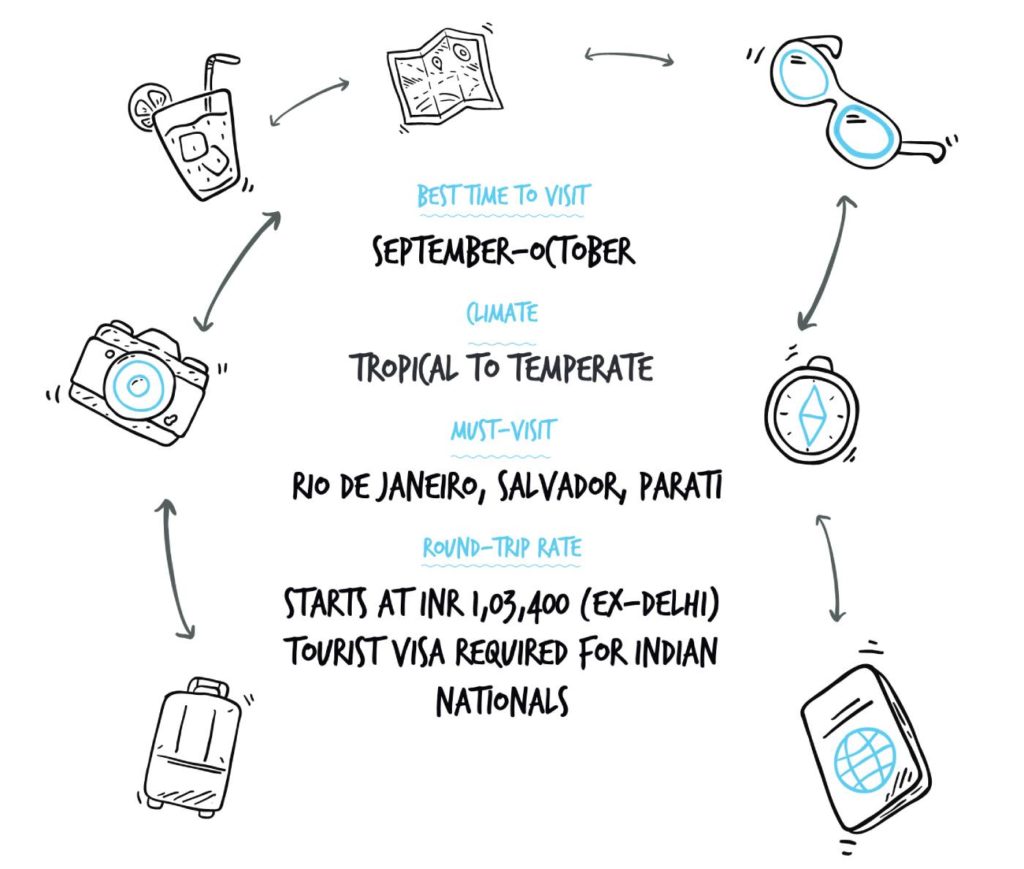Come Let’s Party
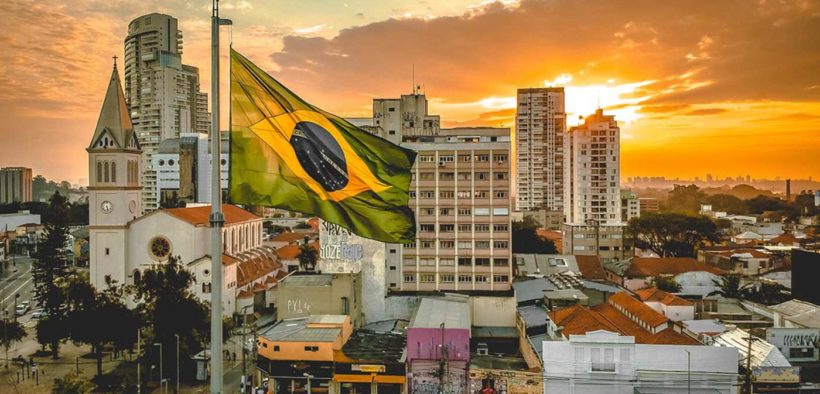
By Aatika H Jain
Edson Arantes do Nascimento. No, it is not any profound philosophical quote in some foreign language. Let me say it one more time. Pelè. Your inner diehard football fan recognized that. The illustrious Brazilian footballer, born with the aforementioned name, has often been called the best player in the history of football. His country has also been synonymous with glory in the game by winning five FIFA world cups, the highest ever. However, there is so much more to Brazil than the fan inside you might have imagined or believed. The biggest country in South America, it extends over the larger part of the northeastern region of the continent and shares border with all of its countries except two, Ecuador and Chile. Stretching from the northern Amazon rainforests to the southern tropical beaches, this beautiful country boasts a vibrant unique culture, lip-smacking cuisine, warm welcoming people, exciting nightlife, breathtaking countryside, and miles and miles of beautiful coastline. And how could we forget the Rio carnival, organized annually before Lent, at a humungous scale? The carnival held in March this year was expected to receive more than 1.5 million tourists. You have to see it to believe it. The next time the mundane daily existence starts getting to you, hop on a flight to this vivacious country of carnival where life is a constant celebration.

Rio de janerio
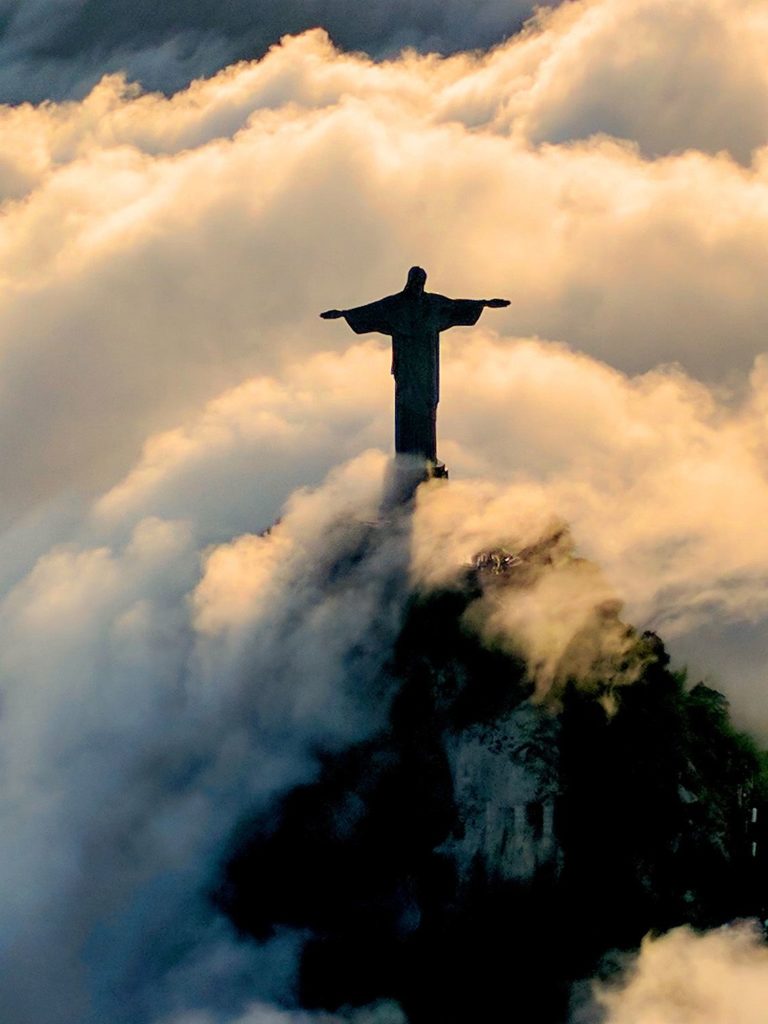
The city’s name immediately evokes the massive 38m Christ the Redeemer statue perched on Mount Corcovado. The Rio carnival, the world’s largest carnival, is something you have to experience at least once in a lifetime. This incredible larger-than-life national celebration dates back to the 1700s and consists of a dazzling spectacle of huge samba-school floats, flamboyant costumes, and dance parties, and brings together the whole city into the world’s largest party. The most reserved of estimates claim that there are around two million people filling the cobbled lanes of the city partying the night away during the carnival, which displays African and European influences. If you wish to attend this grand revelry, the 2020 carnival will run from February 21 to 26. Book months in advance. During the carnival, the whole city becomes one big party. Get a room away from the city center if you wish for some quiet once you stagger back into your room after all the unbridled partying. Cannot wait until next year to visit this exciting city? Well, the city is situated on the world’s biggest harbor and is famous for the Copacabana and Ipanema beaches and Sugarloaf Mountain you can ride a cable car to. Not to mention the botanical gardens, art galleries, handicraft markets in the cobbled streets and the amazing street art. There really is something for everyone here. Named the UNESCO’s World Capital of Architecture for 2020, Rio has some of the most remarkable historical buildings. If in need of some respite, go visit the Tijuca Forest, the biggest urban forest in the world, located in the city’s heart, teeming with gushing waterfalls and innumerable stunning flora and fauna. Don’t miss the inspiring colorful steps of the Escadaria Selarón.
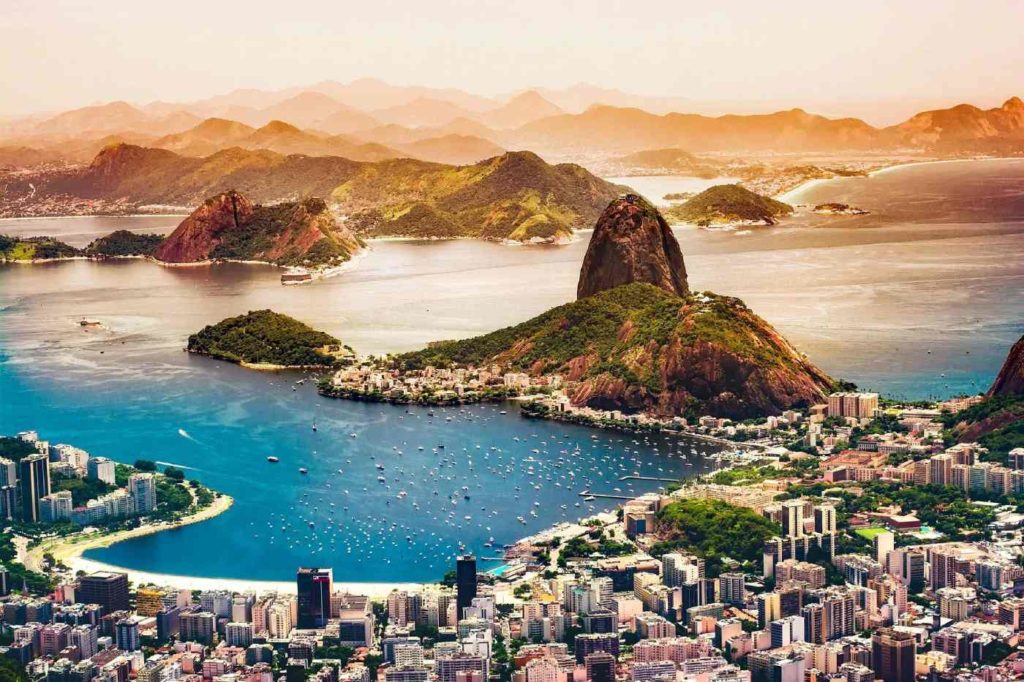
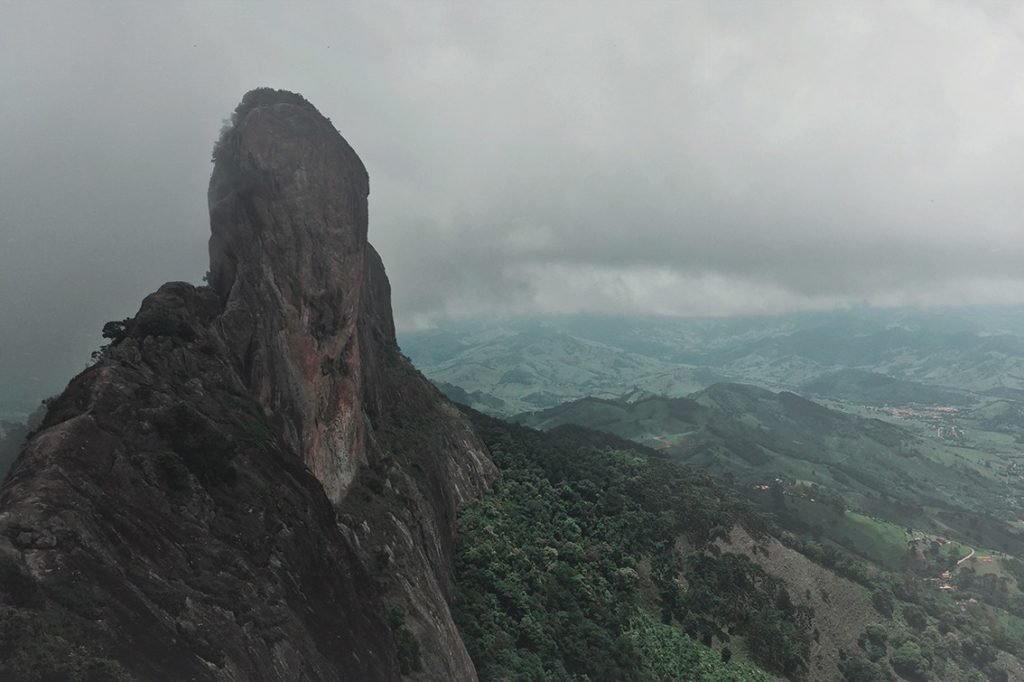
Salvador
Sorria, você está no Bahia!—Smile, you’re in Bahia. Popular for its Portuguese colonial architecture, Afro- Brazilian culture and a spectacular carnival, this capital city of Bahia state—with its gorgeous beaches—is located on the Bay of All Saints and is famous for its throbbing nightlife. Perfect for sunbathing, surfing and swimming, some of the lovely beaches are Porto de Barra, Flamengo, and Stella Maris. Walk through the cobbled streets of UNESCO’s World Heritage Site, Pelourinho, to explore the history of the city; visit bars to enjoy some live music and enjoy local restaurants. Do take time to appreciate the pulsating culture of the city at its museum and art galleries.
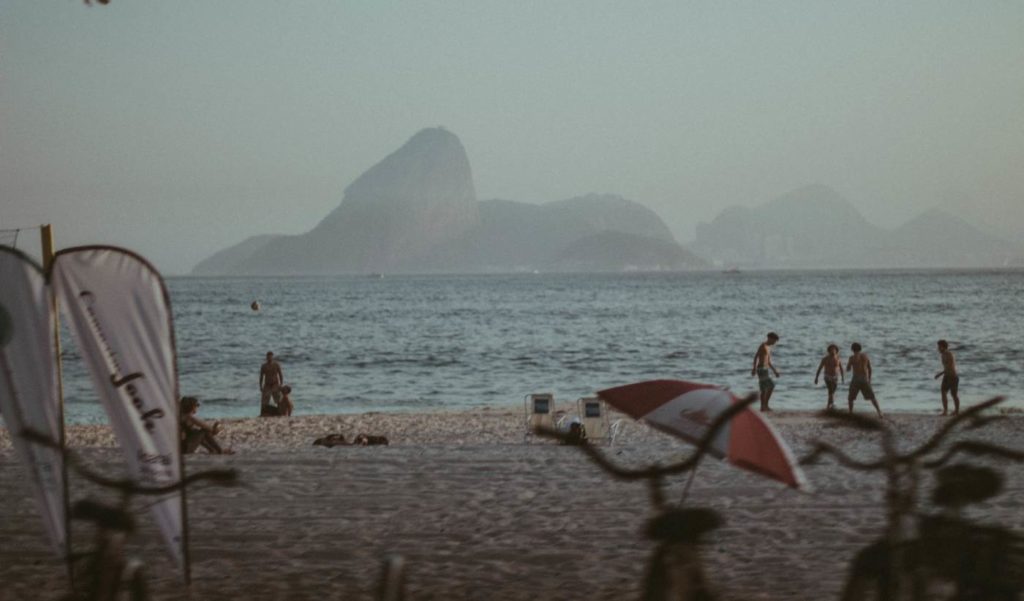
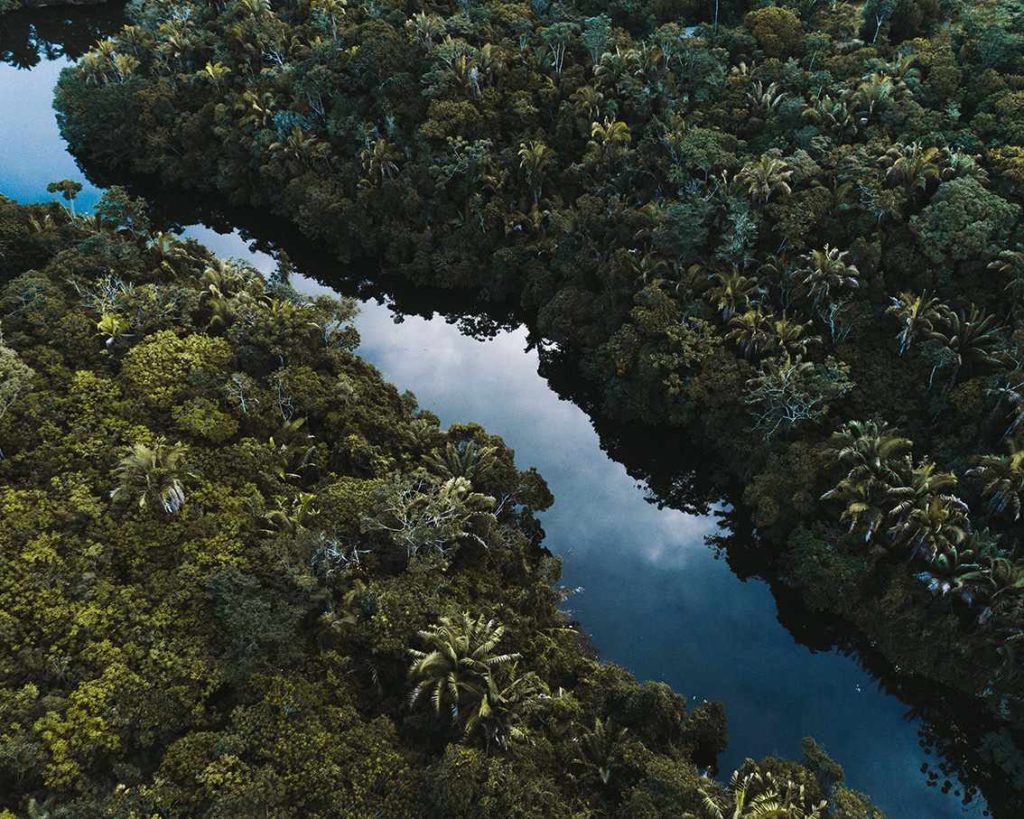
Parati
Located between Rio de Janeiro and São Paulo, this tropical heaven of forests, with gurgling waterfalls, sunkissed emerald green beaches and gigantic mountains looming in the backdrop, could prove to be the perfect respite after the energy of Rio and Salvador. The multihued, 17th-century buildings on the cobblestone streets constructed during the Gold Rush in Brazil are bound to leave you enchanted. The pousadas, houses turned into bed-and-breakfasts, are great places to stay in the city and experience the local life. Stroll through the lanes, which are closed to cars, and turn back the clock. Absorb the surreal energy of this historical place. Check out the pretty 18thcentury church, Capela de Santa Rita, and the colonial forts with their original cannons in place.
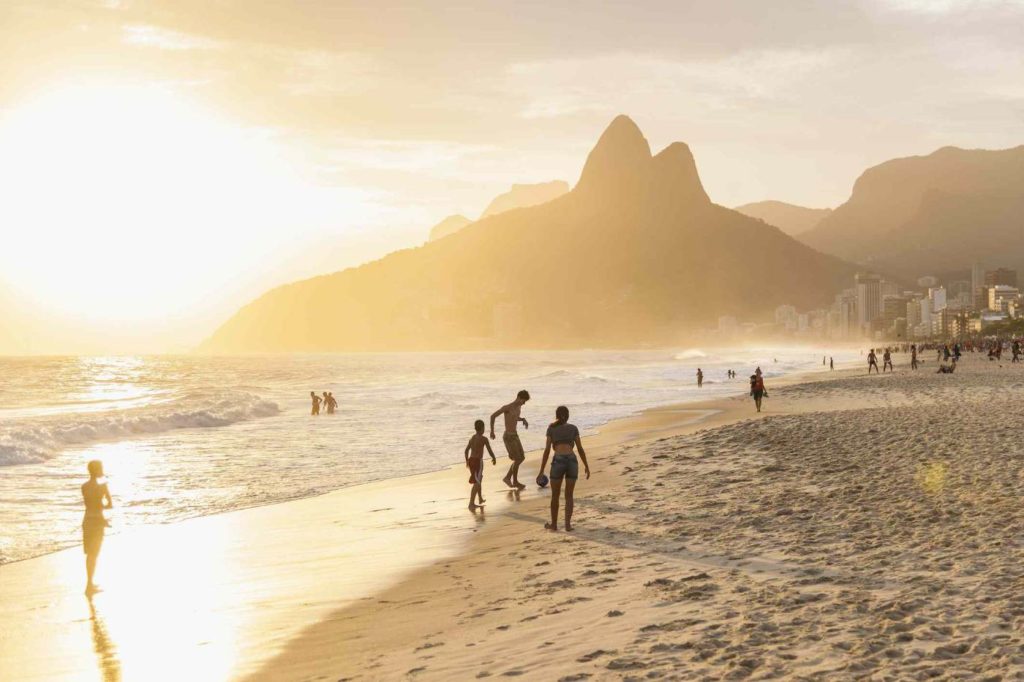
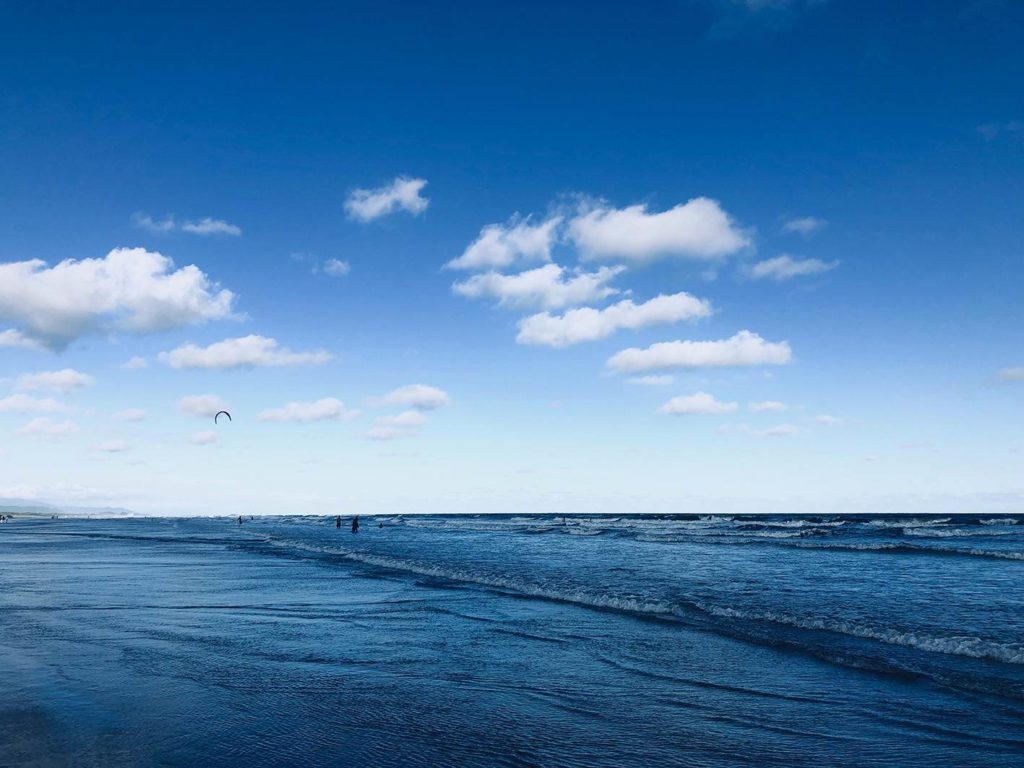
Cuisine
Brazilian cuisine is a culinary amalgamation of African, Japanese and European influences, with the ingredients and dishes varying by region and representing the blend of native and immigrant people. Root vegetables, such as yam and manioc, are extensively used along with the large variety of luscious tropical fruits which grow in abundances here such as papaya, açaí, hog plum, orange, passion fruit, cupuaçu, pineapples, mangoes, guavas, and granadillas. Rice and beans are commonly used as the filling or base while beef, pork, a variety of fish and seafood are also widely used in the dishes. When you visit the country, you just cannot miss the barbecued meat at Churrascarias, barbecue restaurants, in which the finest cuts, picanha or rump cap, are seasoned with nothing but rock salt and grilled over charcoal or wood. You will find all kinds of meat from chicken to lamb to pork on skewers smoking hot and sliced directly on your plates. Feijoada, the Brazilian national dish, is a rich, filling stew made of black beans, sausages and different cuts of pork including a mixture of offal. Traditionally, it takes 24 hours to cook the dish and is eaten on Wednesdays and Saturdays. Orange slices, rice, and kale are served on the side along with cachaça. It is the country’s native liquor made from fermented sugarcane must. Do try the assortment of fried snacks. Pastéis are deep-fried crunchy pastries filled with mouthwatering cheese, minced meat and soft heart of palm. Then there is coxinha or little thigh, crispy croquette made of shredded chicken and velvety cheese catupiry, shaped like a teardrop and covered with layers of thin dough and golden breadcrumbs. Cassava chips are crisp batons of manioc often prepared with salt cod. Pão de queijo or cheese bread is a tiny fluffy bun whose dough is a mixture of cassava flour and soft cheese, generally the local Queijo Minas/cheese from Minas. Well loved as breakfast, they are either eaten warm or sliced in the middle and slathered with jam or more cheese. These are just a few dishes from the hearty Brazilian cuisine. Explore more and your gastronomical urges won’t be left dissatisfied. If you are a 90s kid, you would remember grooving to the immensely popular song To Brazil by Vengaboys, even if you might not have understood the lyrics. Isn’t it time you finally visited this stunningly exceptional place? Volte sempre
